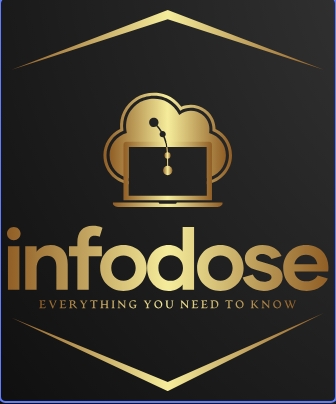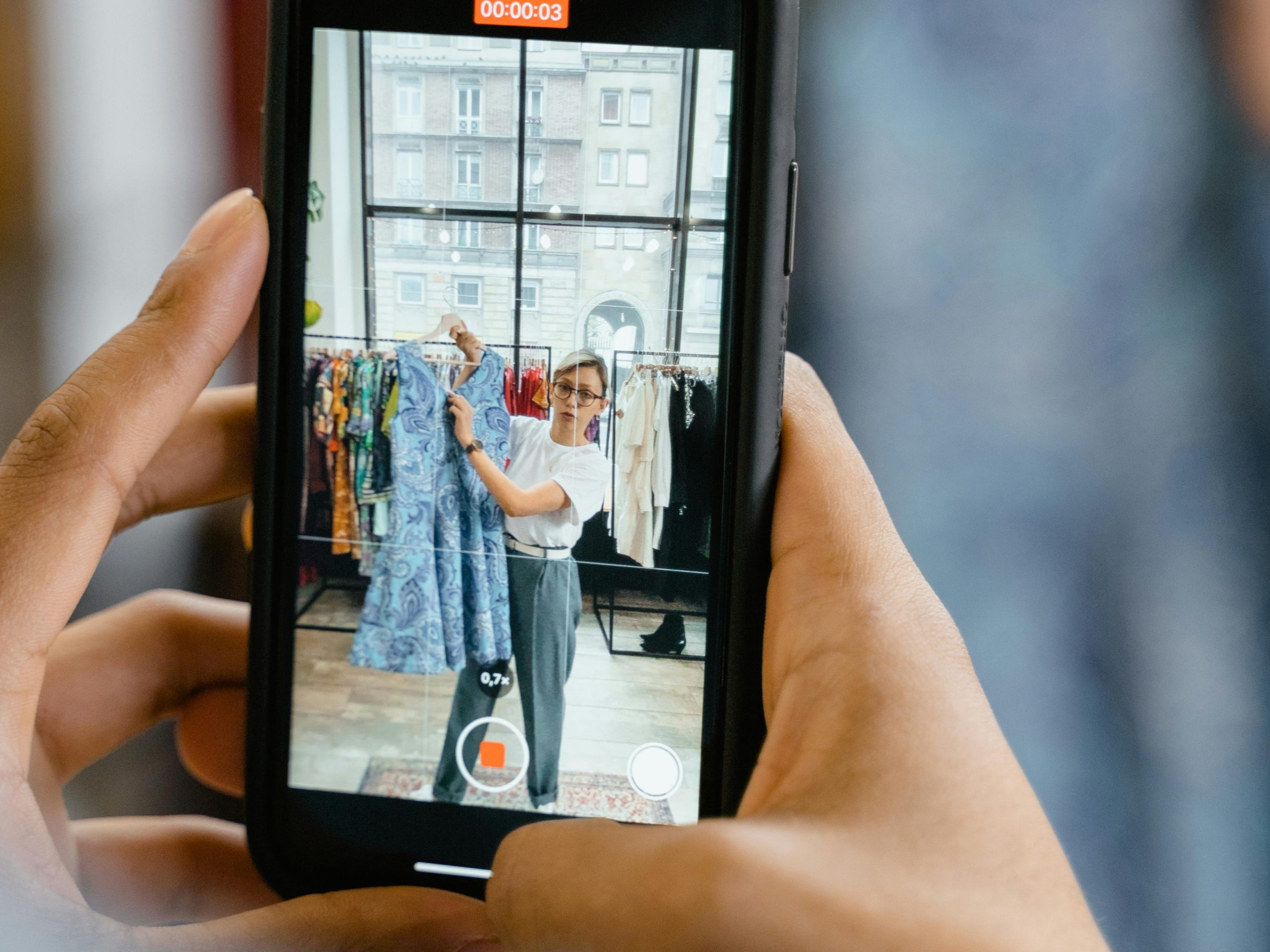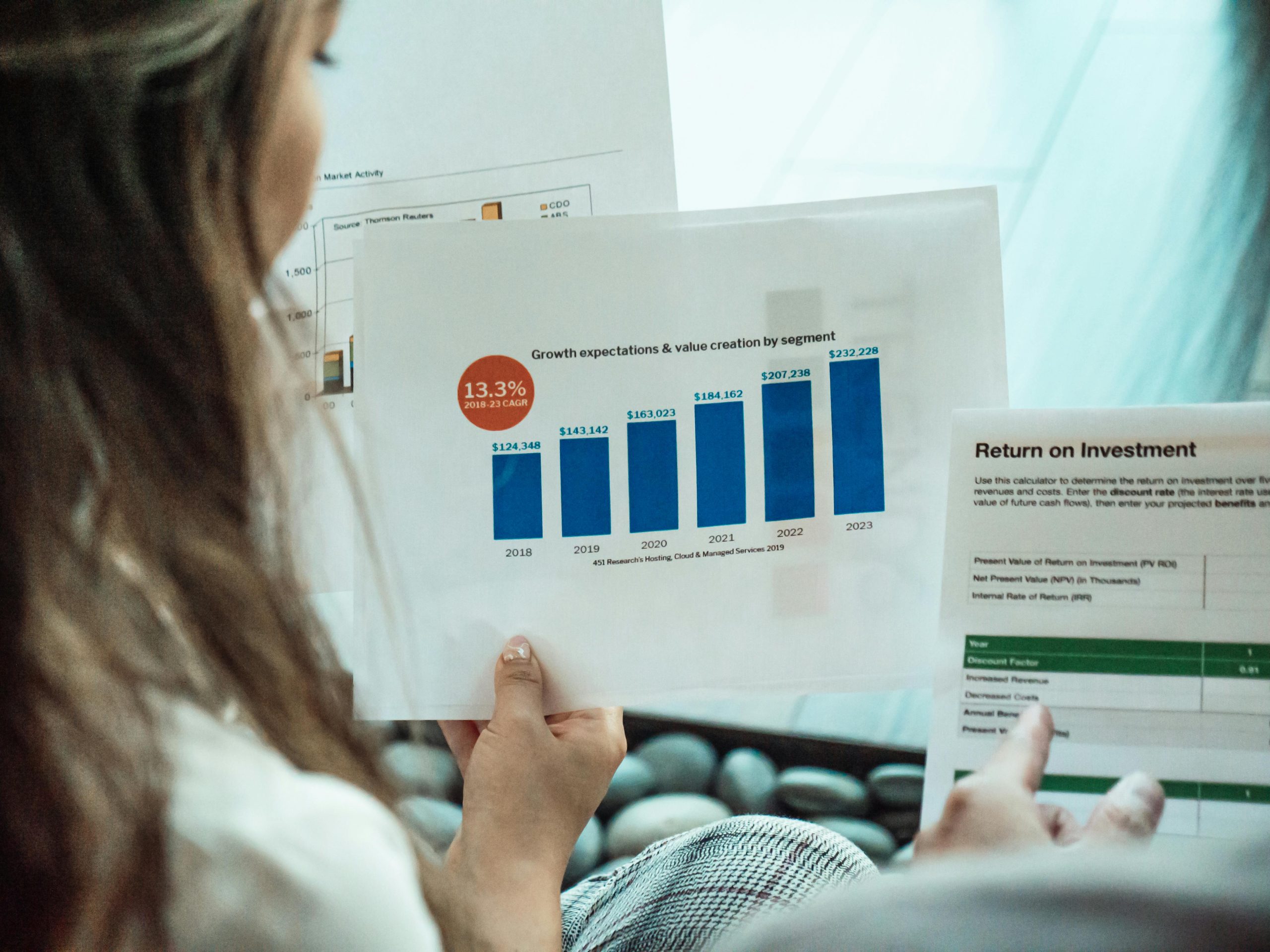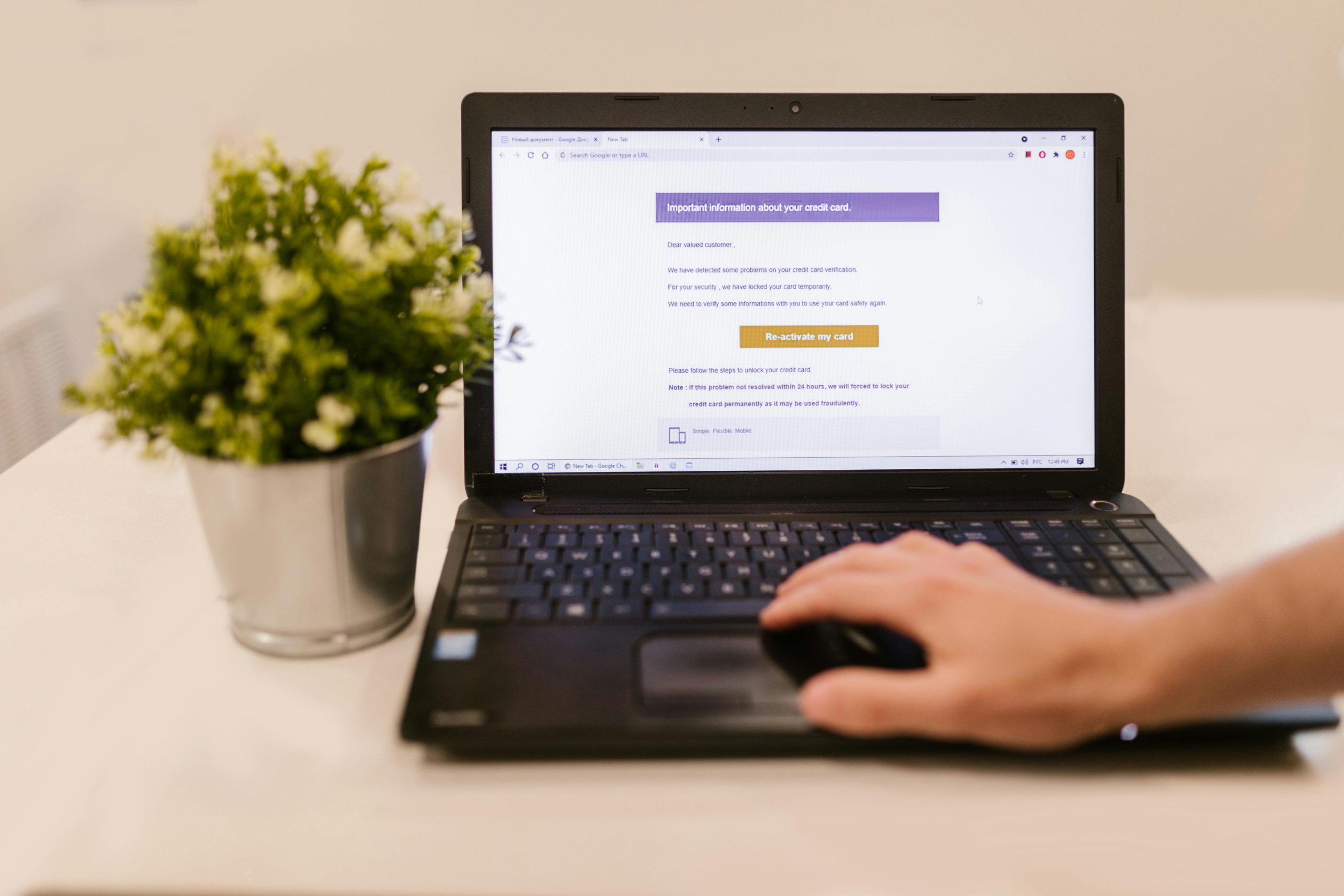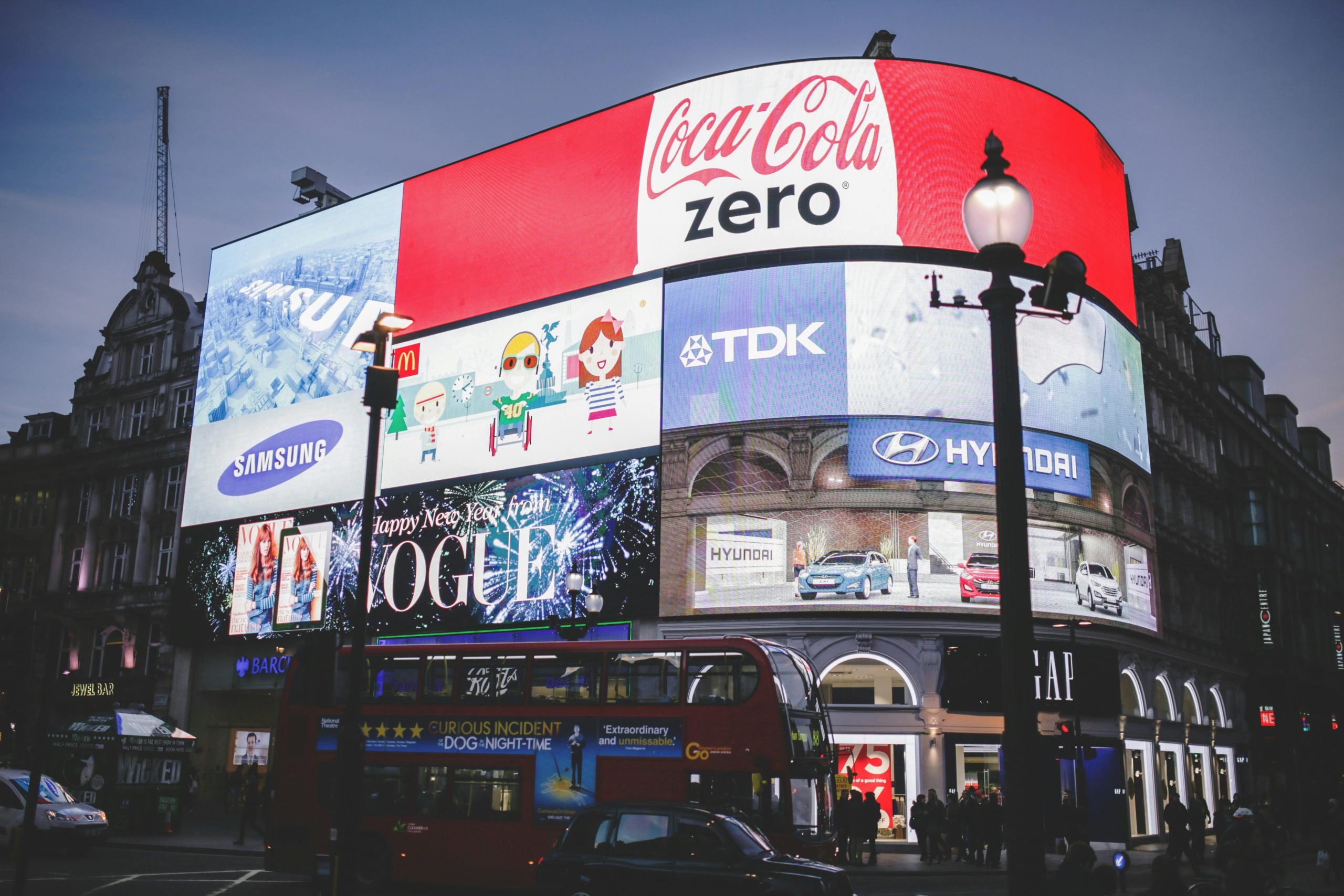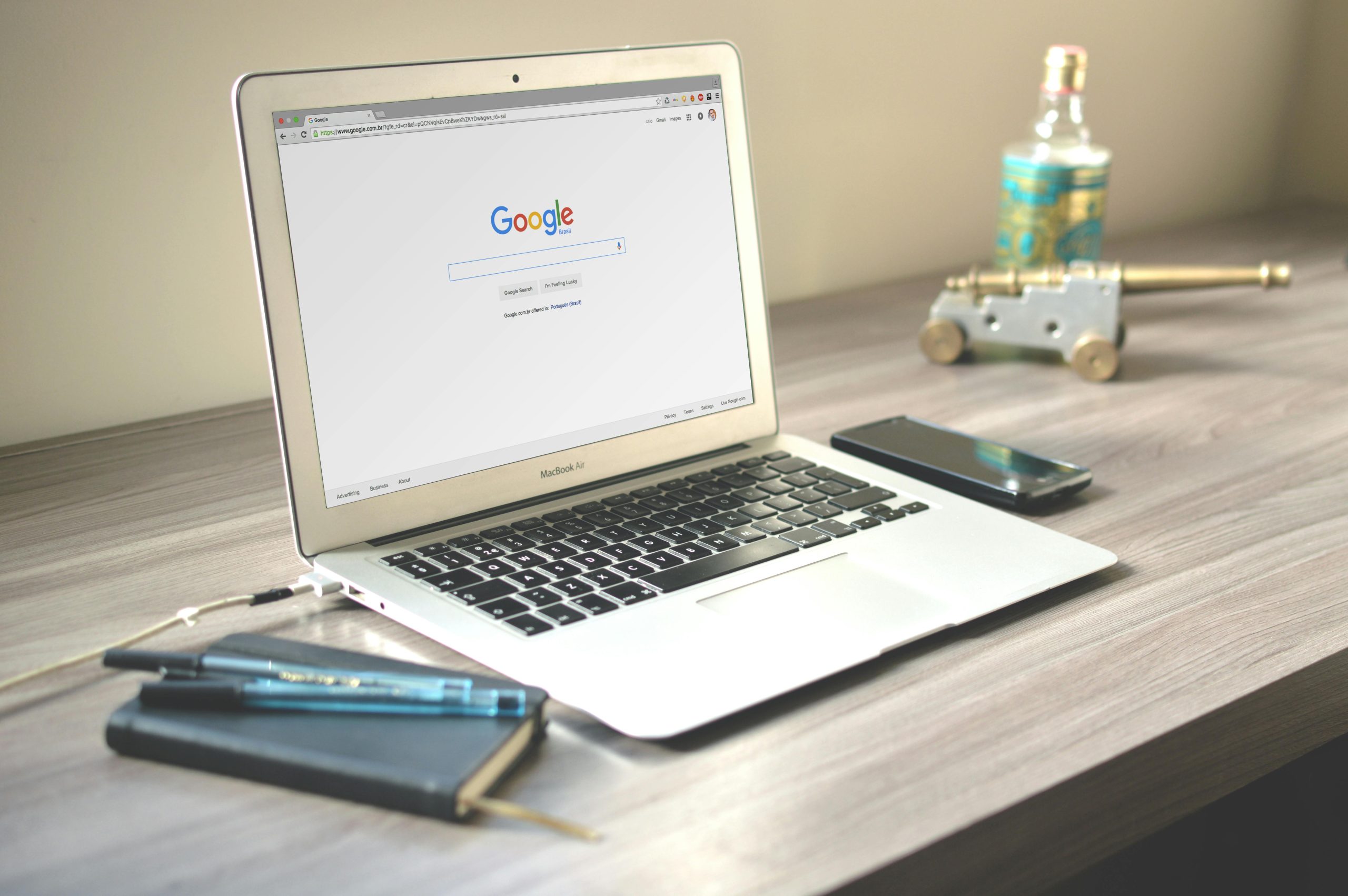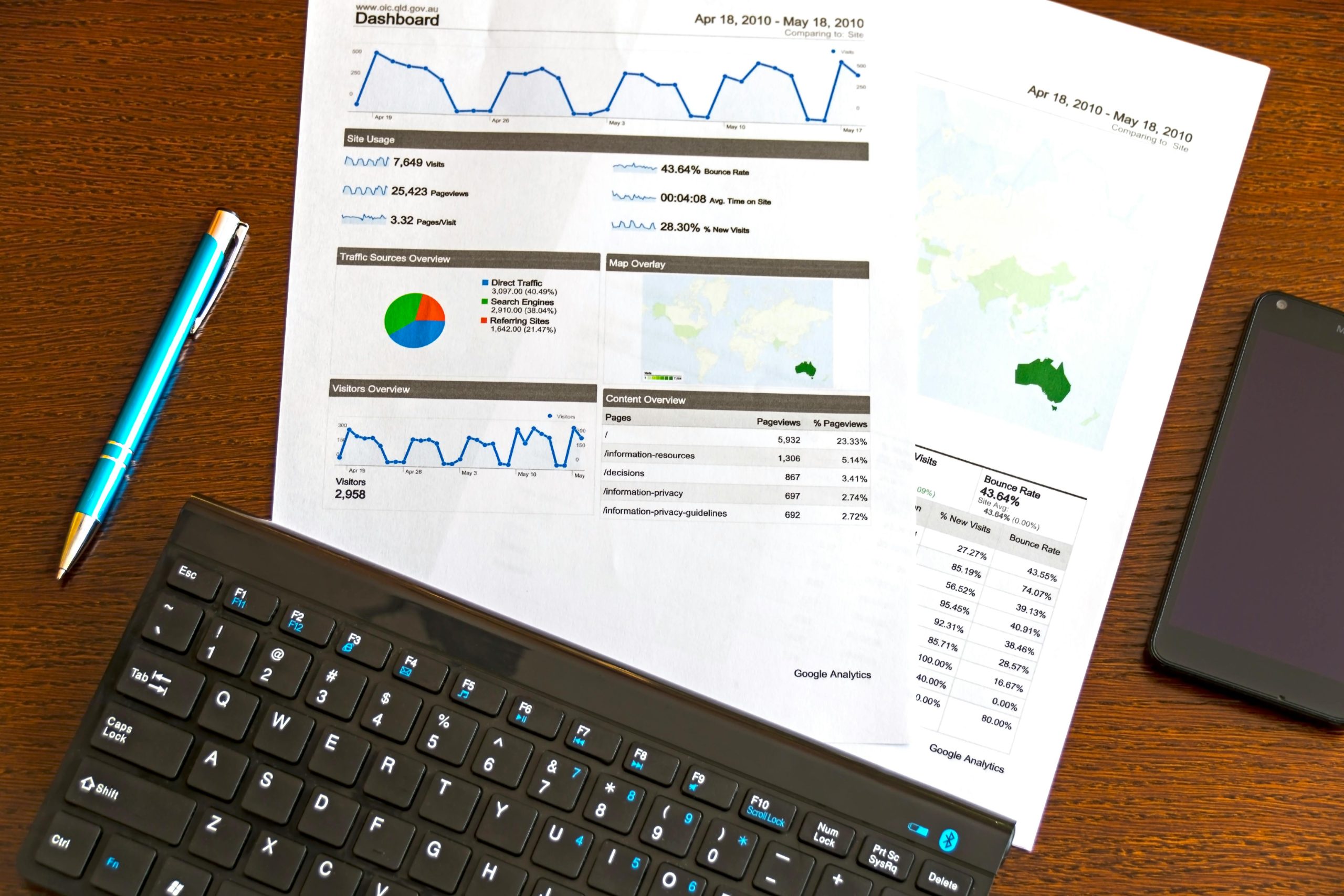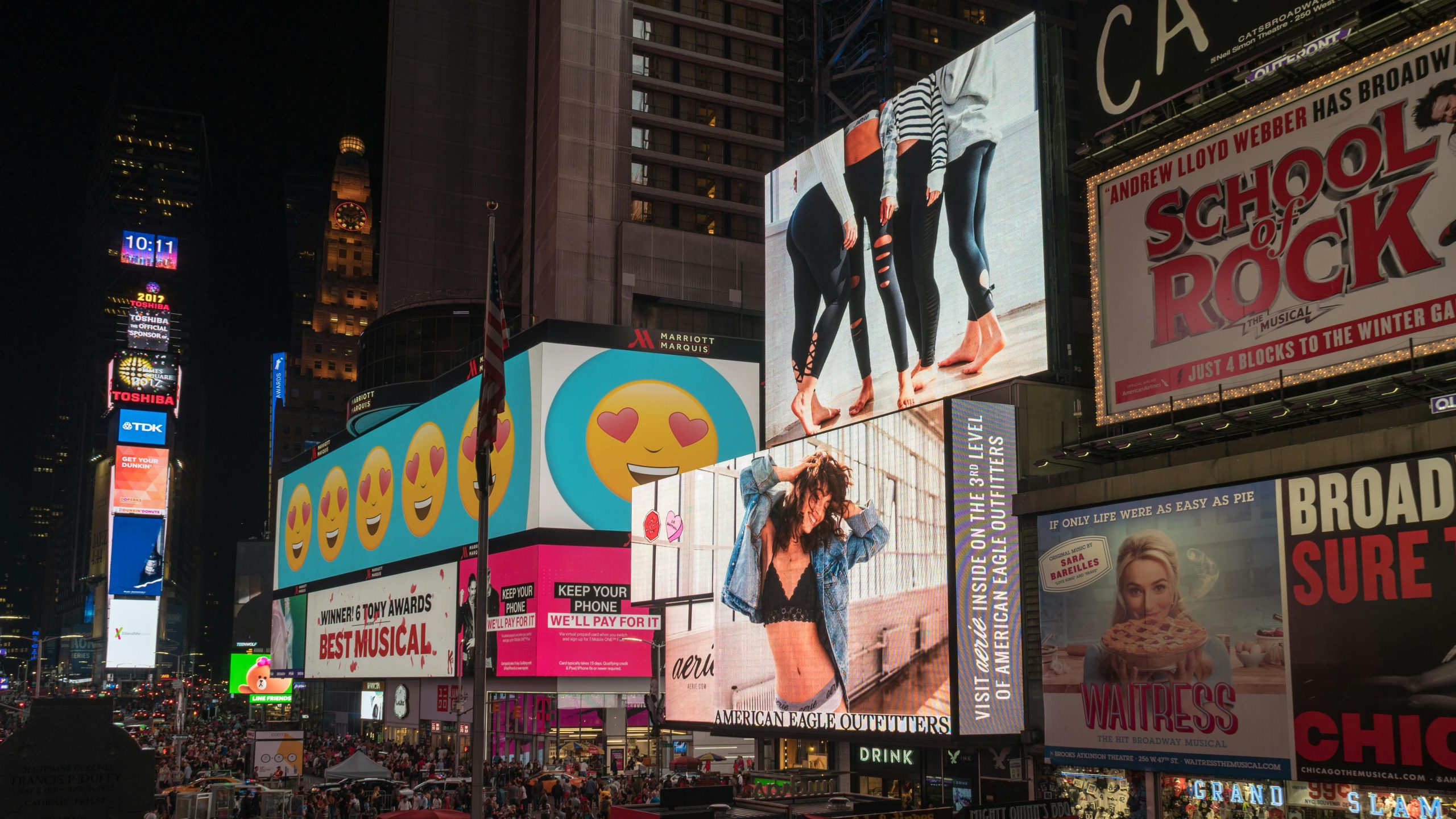Every marketer faces the same question when planning a PPC advertising campaign: Should I invest in Google Ads or Facebook Ads?
Both platforms dominate the digital advertising landscape, but they serve very different purposes. Google Ads captures intent-based searches, meaning users are already looking for what you offer. Facebook Ads, on the other hand, excels at audience targeting and brand discovery, making it ideal for engagement and storytelling.
But which one will give you the best ROI in digital advertising?
What You’ll Learn in This Guide
In this article, we’ll break down:
✅ How Google Ads and Facebook Ads work and which one suits your business goals
✅ The key differences in audience targeting, cost, and ad formats
✅ How to align your digital marketing strategies with the right platform
✅ The role of AI-driven marketing tools in campaign optimization
✅ Best practices for tracking ROI and reducing wasted ad spend
Whether you’re a startup using content marketing for brand awareness, a local business optimizing for local SEO, or a B2B company focused on lead generation, this guide will help you make an informed decision on where to invest your ad budget.
Let’s break it down. 🚀
Google Ads vs. Facebook Ads: Where Should You Invest Your Budget?
Choosing between Google Ads and Facebook Ads isn’t about picking a winner—it’s about aligning your marketing goals with the right platform. Both advertising giants serve different purposes, audiences, and campaign objectives, so let’s break down when and how to use each to maximize ROI in digital advertising.
1. Google Ads: Capturing Intent-Driven Customers
Google Ads operates on a search intent-based model—people are actively looking for solutions, making it perfect for high-converting PPC advertising campaigns.
Best for:
✔ High-Intent Searches – People searching for specific products or services
✔ B2B Lead Generation Strategies – Attracting decision-makers looking for industry solutions
✔ E-commerce & Local Businesses – SEO for small businesses + Google Ads = Organic & paid synergy
✔ High-Value Purchases – Used by industries where customers research before buying (real estate, software, high-ticket items)
Pros:
✅ Instant search visibility – Unlike SEO strategies for organic growth, Google Ads places you at the top of search results instantly.
✅ Multiple ad formats – Search, Display, Shopping, and YouTube Ads provide diverse targeting options.
✅ Strong conversion potential – Since searchers have higher intent, Google Ads for business growth tends to convert well.
Cons:
❌ Higher cost-per-click (CPC) – Especially for competitive industries.
❌ Limited brand awareness potential – Doesn’t target people who aren’t actively searching.
❌ Steeper learning curve – Requires data-driven marketing solutions and predictive analytics in marketing to optimize campaigns.
💡 Pro Tip: Use Google Ads + Local SEO for local businesses to dominate regional searches and drive foot traffic.
2. Facebook Ads: Disruptive, Social, and Highly Engaging
Unlike Google, Facebook Ads (including Instagram) excel at audience targeting rather than intent. They’re ideal for brand discovery, engagement, and visual storytelling.
Best for:
✔ Brand Awareness & Storytelling – Use video marketing for brand awareness and carousel ads.
✔ Influencer Marketing for Businesses – Facebook and Instagram are top social media platforms for influencer collaborations.
✔ E-Commerce & Retargeting – Perfect for abandoned cart remarketing and product-based advertising.
✔ Community & Engagement Growth – Best for community marketing for startups and social-driven brands.
Pros:
✅ Low cost-per-thousand-impressions (CPM) – More cost-effective than Google for brand visibility.
✅ Advanced audience targeting – Facebook’s AI-powered targeting is a goldmine for digital marketing strategies.
✅ Visual-driven engagement – Ideal for creative storytelling-based marketing for female entrepreneurs.
Cons:
❌ Lower purchase intent – Users aren’t actively searching for solutions like on Google.
❌ Algorithm-dependent – Results fluctuate based on Facebook’s evolving algorithms.
❌ Shorter ad lifespan – Paid social ads require frequent creative refreshes to avoid ad fatigue.
💡 Pro Tip: Combine Facebook Ads with Email Marketing Automation—capture leads from ads and nurture them through email sequences for long-term conversions.
3. Cost Breakdown: Google Ads vs. Facebook Ads
To make an informed decision, you need to consider cost efficiency and conversion potential.
Factor | Google Ads 💡 | Facebook Ads 📱 |
Average CPC | $1 – $50+ (depends on industry) | $0.50 – $3 |
Best for | High-intent searches, B2B, local businesses | Brand awareness, engagement, social commerce |
Ad Formats | Search, Display, YouTube, Shopping | Image, Video, Carousel, Stories, Messenger |
Conversion Rate | 3% – 5% (higher intent buyers) | 1% – 3% (discovery-based audience) |
ROI in Digital Advertising | Higher for direct sales | Higher for long-term brand engagement |
💡 Pro Tip: For B2B lead generation strategies, use Google Ads for immediate sales and Facebook Ads for nurturing leads over time.
4. How to Choose the Right Platform for Your Business
Still not sure where to invest? Here’s a simple guide:
✔ Use Google Ads if…
- You need instant, high-intent traffic.
- Your product/service has direct search demand.
- You’re running SEO for small businesses and want a PPC boost.
✔ Use Facebook Ads if…
- You want to increase brand awareness and engage audiences.
- You sell visual or lifestyle-based products (fashion, food, beauty, etc.).
- You’re launching a community-driven influencer marketing campaign.
✔ Use BOTH if…
- You want a full-funnel strategy: Google Ads for high-intent searches, Facebook Ads for brand discovery and remarketing.
- You run an e-commerce business and want to capture intent + impulse buyers.
- You’re leveraging omnichannel marketing automation platforms for a seamless customer journey.
💡 Pro Tip: Test both platforms with a small budget and track ROI tracking for paid media campaigns before scaling.
Next Up: Making the Most of Your Advertising Budget
Now that you understand the strengths, weaknesses, and cost structures of Google Ads and Facebook Ads, the next step is strategizing your ad spend for maximum results.
In the final section, we’ll explore real-world case studies of businesses that successfully use both ad platforms—and how you can apply their strategies to boost ROI in digital advertising.
🚀 Up next: How to strategically split your ad budget for maximum impact!
Google Ads vs. Facebook Ads: Making the Right Investment for Your Business
As we wrap up this deep dive into Google Ads vs. Facebook Ads, one truth stands out: there is no one-size-fits-all answer. The success of your PPC advertising campaigns depends on understanding your audience, business goals, and the type of engagement you want to drive.
Think of Google Ads as the highway—your customers are actively searching, and you need to be there at the right moment to capture their intent. Meanwhile, Facebook Ads is like a dynamic city billboard, grabbing attention and introducing your brand to potential customers before they even realize they need your product or service.
But here’s the real takeaway: You don’t have to choose just one. The most effective digital marketing strategies don’t rely on a single channel—they integrate multiple platforms to create a seamless, omnichannel marketing experience.
Google Ads + Facebook Ads: A Winning Combination
Businesses that see the highest ROI in digital advertising use both platforms strategically:
✅ Use Google Ads for high-intent searches, B2B lead generation strategies, and immediate conversions.
✅ Use Facebook Ads for brand discovery, community marketing for startups, and engagement-driven campaigns.
✅ Leverage retargeting—capture leads from SEO for small businesses and remarket to them on social media.
✅ Combine influencer marketing for businesses with paid ads to amplify trust and visibility.
✅ Automate and optimize—AI-driven marketing tools and predictive analytics in marketing can enhance your campaigns by improving targeting and reducing ad spend waste.
By integrating both platforms, you create a full-funnel strategy that attracts, nurtures, and converts customers, ensuring long-term business growth instead of relying on short-term wins.
The Final Decision: Where Should You Invest Your Budget?
If you’re still asking, “Which is better: Google Ads or Facebook Ads?” here’s a simple way to decide:
✔ If you need fast sales and high-intent traffic → Start with Google Ads.
✔ If you want brand awareness and engagement → Invest in Facebook Ads.
✔ If you want sustainable growth → Use both for a balanced omnichannel marketing approach.
Regardless of where you start, the key to success is continuous testing, tracking, and optimization. Digital advertising is not a set-it-and-forget-it game—it’s about learning from data-driven marketing solutions, refining your strategies, and adapting to market changes.
Your Next Move: Take Action & Scale Your Business
Your competitors are already investing in PPC advertising campaigns—are you ready to compete?
🚀 Here’s how to get started:
🔹 New to paid ads? Test a small budget on both platforms and compare performance.
🔹 Need help optimizing? Explore top marketing automation tools to refine your strategy.
🔹 Looking for expert insights? Subscribe for the latest digital marketing strategies and ad optimization tips.
🔹 Have a success story? Share how Google Ads or Facebook Ads have helped scale your business—we’d love to feature your experience!
The world of digital advertising is evolving, but one thing remains constant: The brands that thrive are those that invest wisely, track relentlessly, and adapt fearlessly.
Now it’s your turn—where will you invest your next ad dollar? 🔥🚀
- All Posts
- Marketing & Advertising
